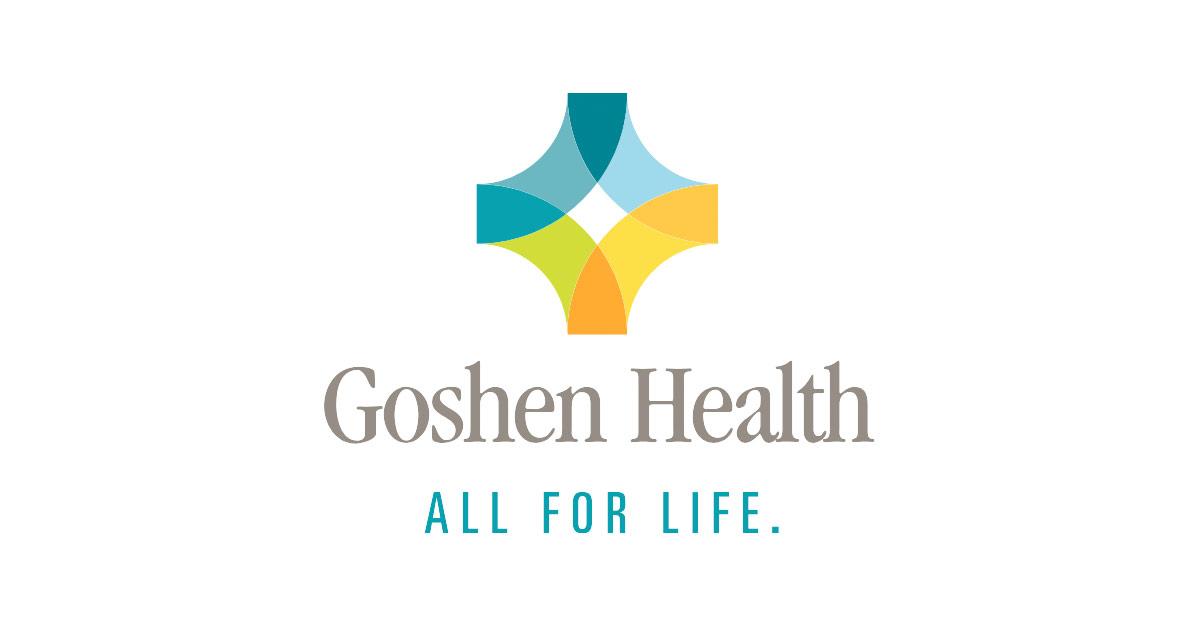Sep 25
2023
What COVID Taught Us About a Train-and-Hire Program To Recruit Frontline Workers
 By Kyle Bachman, senior recruiter, Goshen Health.
By Kyle Bachman, senior recruiter, Goshen Health.
It can be hard to see any silver lining to the COVID-19 pandemic. But as impacted organizations re-focused on their basics in order to survive – if not thrive – through the hard times, many did see examples of improved business processes, greater efficiencies and new opportunities.
That was certainly the case for our organization, Goshen Health, an award-winning hospital and network of clinics in Northern Indiana. As with most hospitals and healthcare organizations, our staff and our recruiting efforts took a hard hit during the pandemic. It forced us to rethink how we recruit and train key frontline workers, such as medical assistants. Faced with an existing industry staffing shortage, a number of our workers leaving the field because of the pandemic, and fewer potential hires entering the field, the key was to offer training and practical experience to potential candidates, and to promote from within.
Finding candidates with an exceptional bedside manner
Goshen Health has approximately 2,000 Colleagues between the hospital and 30 healthcare clinics. As with many healthcare facilities, one of our toughest hiring challenges is finding enough skilled medical assistants (MAs).
The role of the MA is critically important. They are often the first person a patient sees, and they have a significant amount of direct contact with patients throughout their journey with us. As a result, the bedside manner of a MA is as important as their healthcare expertise. Every day they interact with patients who might be sick, unsure, or are worried about their health or the health of a loved one. Add to that, the work that MAs do in taking vitals and charting for the healthcare provider, and it is quickly evident how vital they are.
Coursework to become an MA can vary, but typically requires between six months to two years of classroom training. Candidates must complete 120 clinical hours of instruction and pass a rigorous certification program to qualify.
Prior to the pandemic, a significant pipeline for these workers – including administrative, clerical and support staff – was filled through partnerships with local community colleges. We also worked with local schools to generate interest among high school students. The hope was that they could matriculate to the community colleges, take one or two years of courses and be candidates for jobs with Goshen Health upon graduation. COVID stalled this pathway for 18 months, forcing us to look into supplementing our traditional hiring practices with new models and new sources.
Adopting a new train-and-hire recruiting model
Goshen Health has since adopted a new model of recruiting both internal and external candidates and paying for their training, in exchange for a two-year work commitment at our facilities. We combine an online training program from an outside vendor with hands-on clinical experience through Goshen’s physician offices.
The applied experience comes through an externship in clinical settings. Candidates participate in 120 hours of training with a senior certified MA or LPN Colleague, and then rotate to several medical practices.
The importance of this rotational strategy cannot be overstated. Trainees gain first-hand experience in Goshen facilities, not in a classroom or an outside healthcare facility. By the time students finish their 120-hour externship, they should have worked in several different Goshen clinics. Upon hire, they would have thorough knowledge of Goshen’s systems, its culture, and its people. They would hopefully hit the ground running on day one.
We learned several other lessons that have impacted our recruiting practices. They include:
 How did you first hear about your doctor’s office or primary care facility? Were you passing by and saw a sign, or was it the closest place to your house when it came time for a checkup? Chances are neither was the case; if you had a choice in your healthcare provider you probably heard about them and the quality of their work through some sort of marketing strategy.
How did you first hear about your doctor’s office or primary care facility? Were you passing by and saw a sign, or was it the closest place to your house when it came time for a checkup? Chances are neither was the case; if you had a choice in your healthcare provider you probably heard about them and the quality of their work through some sort of marketing strategy.